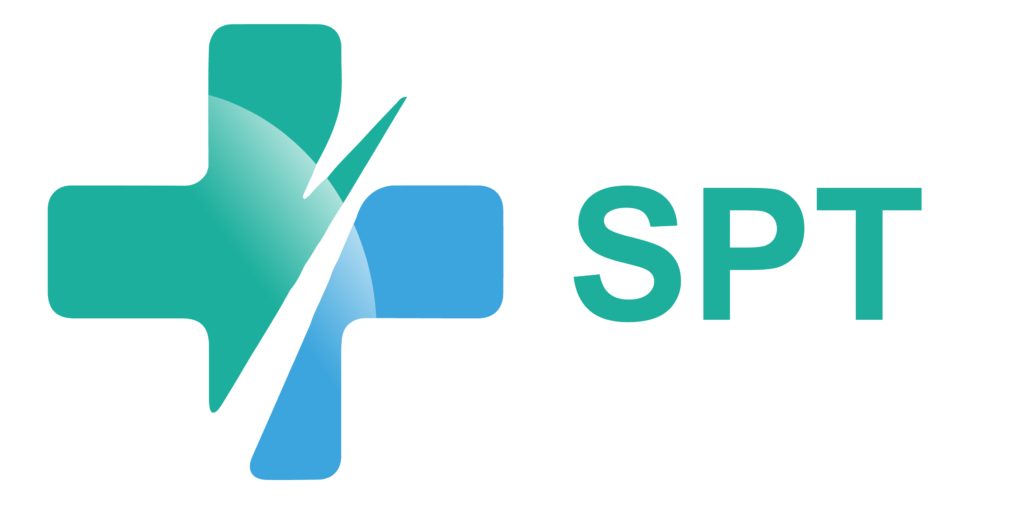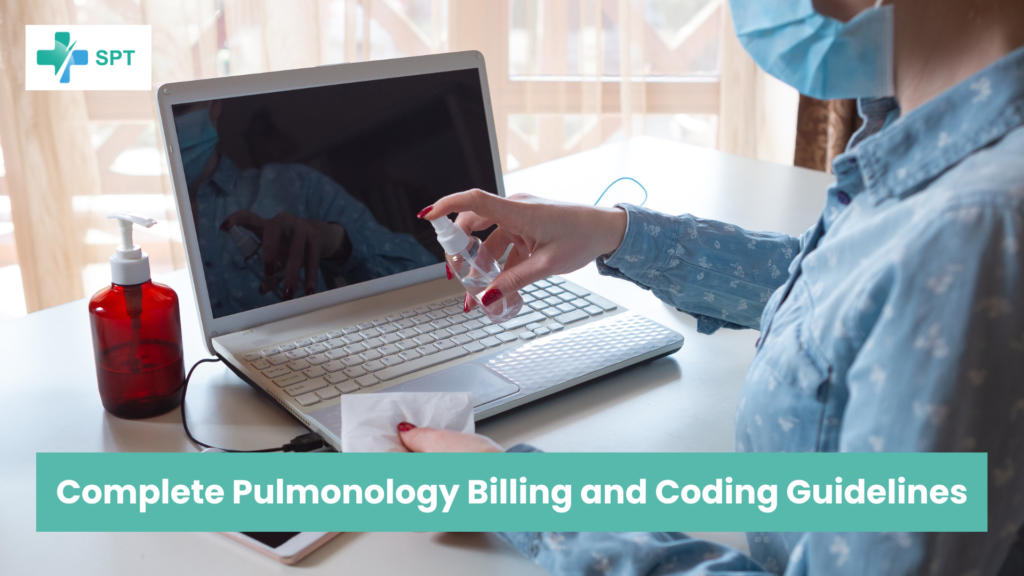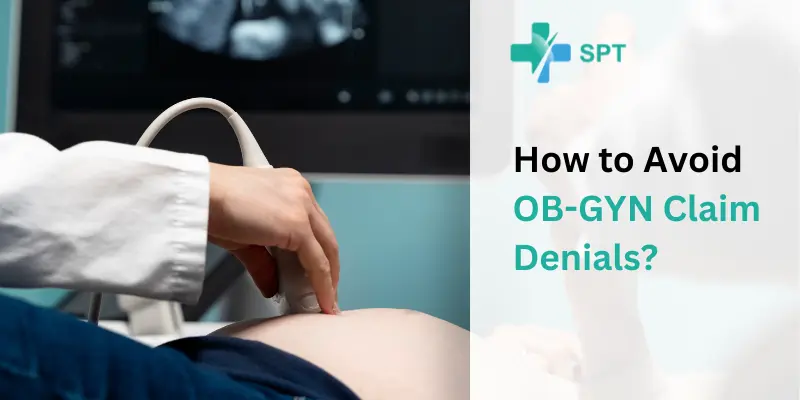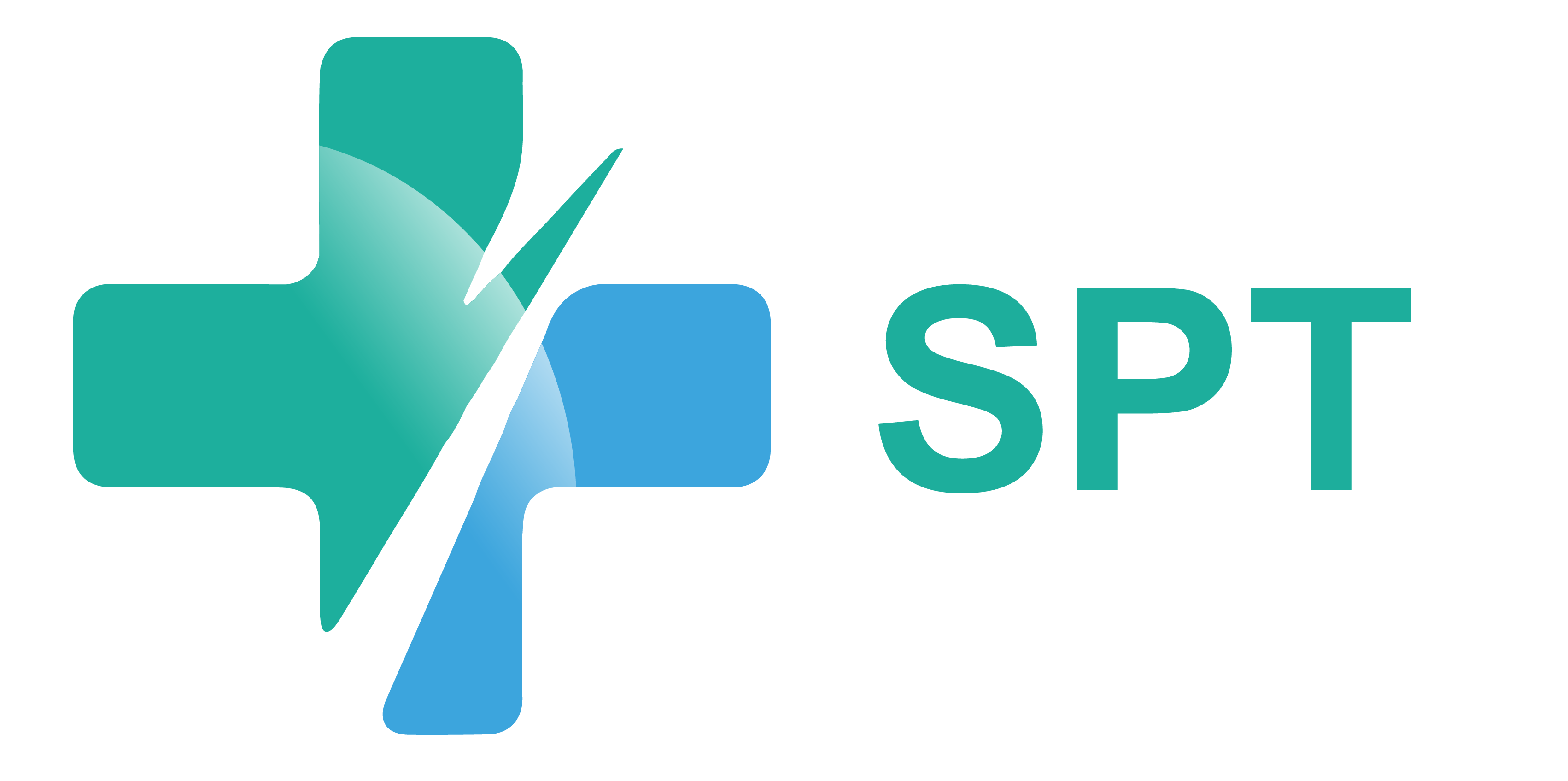Pulmonary function tests help doctors understand how well your lungs work. These tests check for lung diseases like asthma and COPD. They also show if treatments are working well. It is important to bill properly for these tests. If you do not bill correctly, you may not get paid fully. This can cost your practice money. This article explains how to bill properly for pulmonary tests.
We will look at the codes used for billing lung tests. These are called CPT codes. We will also discuss modifiers and paperwork needed. Following the right steps helps ensure you get paid for your work. Billing errors can delay or prevent payment. In this guide, you will learn the pivotal pulmonary billing guidelines to ensure precise coding and steer clear of common errors in lung function testing and treatments.
Pulmonary Billing and Coding Guidelines
Let’s talk about medical codes for lung care. It may seem tricky if you’re new to it. But knowing the rules helps your clinic get paid properly for lung treatments.
Pulmonary Current Procedural Terminology (CPT) Codes:
The American Medical Association (AMA) puts out the CPT codebook. This is a system for naming medical tests and treatments. For lung function tests, there are certain CPT codes. The codes stand for the different procedures done in the lab. It is important to use the right code for each test. This makes sure the billing is correct.
Pulmonary Modifiers:
Modifiers are extra codes added to CPT codes. These codes give more details about the service done. For lung billing, modifiers may show how hard the test was. They may also show if special drugs were used during the test. Or, they can show if the test was done again in a certain time.
Documentation Requirements:
Medical papers about lung tests have details. The papers tell about the test done. The papers tell about how the patient felt. The papers explain why the test was needed. Good papers help show codes for services given.
Essential CPT Codes for Pulmonary Function Testing
CPT codes encompass a wide range of PFT procedures. Here’s a look at some commonly used codes for pulmonary function testing:
- Spirometry (CPT Codes 94010-94070): This basic test checks the amount of air you can breathe in and out. Different codes show how detailed the test was.
- Lung Volume Measurements (CPT Codes 94150, 94726-94728): These tests look at the total space in your lungs. They also check how much air stays in after you breathe out.
- Diffusion Capacity of the Lung for Carbon Monoxide (DLCO) (CPT Code 94729): This test shows how well oxygen moves from your lungs into your blood.
- Bronchodilator Response Testing (CPT Codes 94180-94183): This checks how well your lungs work after taking medicine. It helps find asthma and other breathing problems.
- Arterial Blood Gas (ABG) Analysis (CPT Codes 94600-94601): This blood test measures the levels of oxygen and carbon dioxide in the blood, providing valuable insights into respiratory function.
Modifiers for Accurate Pulmonary Billing
Modifiers play a crucial role in ensuring an accurate representation of the services delivered during a PFT session. Here are some common modifiers used in pulmonary billing:
- Modifier 51 (Multiple Procedures): This code tells us that many different tests were done in one session. These tests were not related to each other.
- Modifier 25 (Significant, Separately Elicitable Service): This code means an extra service was done. It was important for the patient’s care. For example, it could be for extra test parts or understanding complex results.
- Modifier 59 (Distinct Procedural Service): This code is used when two separate tests were done on the same day. But, they were for different health issues.
- Modifier -26 (Professional Component Not Performed): This code means the doctor did not do the breathing test. But they looked at the results. Respiratory therapists often give this test. Then the doctor reviews the results.
Ensuring Comprehensive Documentation for Pulmonary Billing
Good documentation is key for correct lung billing. Here are the important things you need in your medical records:
- Clear Description of the Breathing Test: Write the code for the test done. Also, write about other things done.
- Patient’s Story and Why the Test was Needed: Write about the patient’s symptoms and medical past. Also, explain why the breathing test was ordered.
- Test Results and Meaning: Include all the data from the breathing test. Also, explain what the results mean for the patient’s health.
- Doctor’s Review and Signature: Make sure the doctor who looked at the test results signs and dates the paperwork.
Detailed documentation not only supports accurate medical coding and billing but also enhances communication between healthcare providers and contributes to better patient care.
Strategies to Reduce Pulmonary Billing Errors
Optimizing your pulmonary billing process reduces errors and streamlines reimbursement. Here are some valuable tips:
- Give Training on Lung Test Billing: Train your billing staff on the rules for billing lung tests. Teach them the codes used for these tests. You can attend workshops or online training.
- Use Software to Help with Codes: Many programs have tools to help choose the right codes. They check if the codes follow the rules. The programs can also find coding mistakes before claims submission.
- Talk to Doctors About Test Details: Billing staff should talk to doctors. This helps them pick the right codes based on what happened in the lung test.
- Check Your Billing Regularly: Regularly review your lung test billing and consider conducting a medical billing audit. Check for any coding errors or issues. Fixing problems early means you get paid on time.
Considerations for Pulmonary Rehabilitation Billing
Pulmonary rehabilitation (PR) is a structured program designed to improve exercise capacity and quality of life for patients with chronic respiratory conditions. Billing for PR services follows specific guidelines outlined by Medicare and other payers. Here’s a brief overview:
- HCPCS Codes: Special codes called HCPCS are used when billing for pulmonary rehab services. Some common codes are G0424 for single sessions and A52770 for full programs.
- Program Requirements: To get paid, the rehab program must meet certain rules. This usually means having a doctor in charge, a minimum number of sessions, and using specific therapies.
- Documentation Requirements: Just like for lung tests, clear records are key for billing rehab. You need to show the patient’s diagnosis, details of each session (like length and exercise type), and notes on progress.
- Consulting with a healthcare billing and coding expert: Getting advice from a pulmonary billing company who knows the rules for billing pulmonary rehab can really help. They understand all the little details required.
Also Read: Top Denials in Medical Billing.
Conclusion:
Understanding the guidelines for pulmonology billing and coding is essential. You must follow the rules correctly. This helps your practice get paid for the good work you do. To do billing right, learn about CPT codes and modifiers. Also, know what records you need. Follow the best ways to bill. Train your staff on billing. Use software to help with coding. Talk clearly with your doctors. Having good billing practices is key. This lets you get paid properly. Then you can keep giving great care to patients.
FAQs About Pulmonary Billing Guidelines
How Do You Bill for Spirometry?
CPT code 94010, “Spirometry, including graphic record, total and timed vital capacity, expiratory flow rate measurement(s), with or without maximal voluntary ventilation,” may be separately reported when performed and documented with a six-minute walk test.
What Is the Billing Guideline for 94640?
This code should be used to report nebulizer treatments done in the office. For multiple treatments on the same day, use units or the -76 modifier (on the second line of 94640). If doing a pre- and post-spirometry with the nebulizer treatment, do not report 94640. Use Code 94060, which includes all of these elements.





